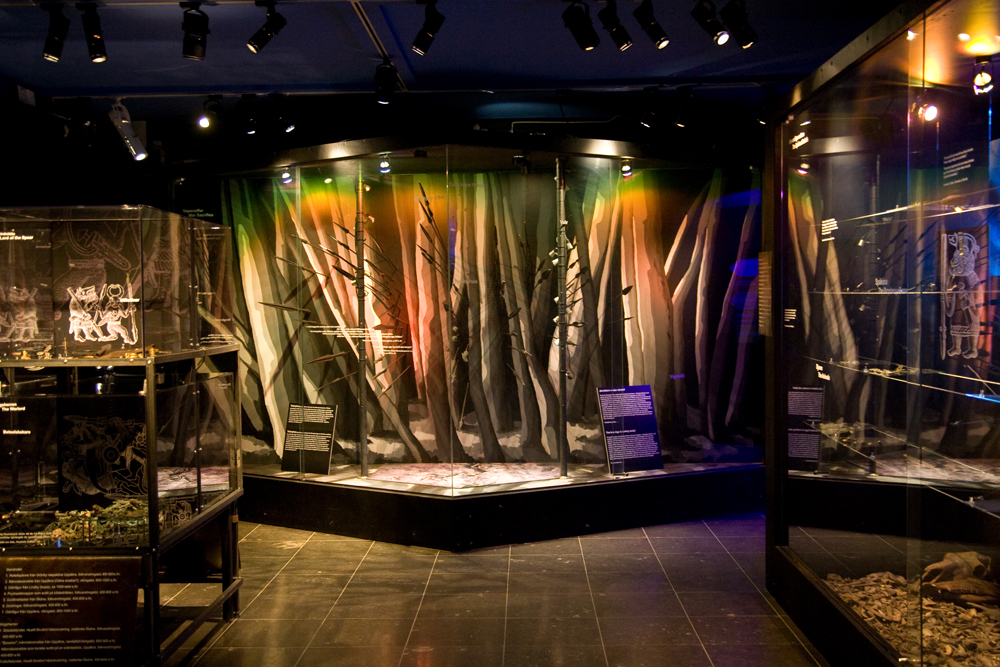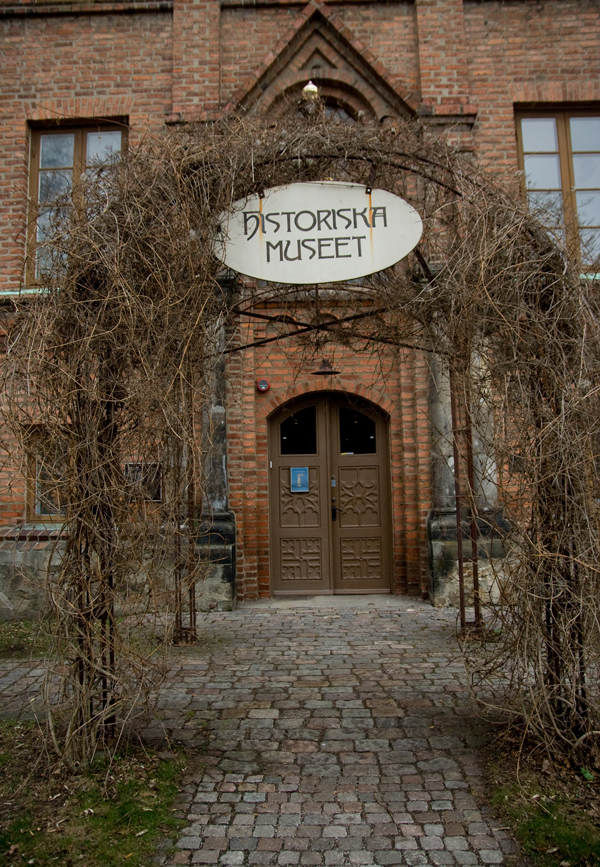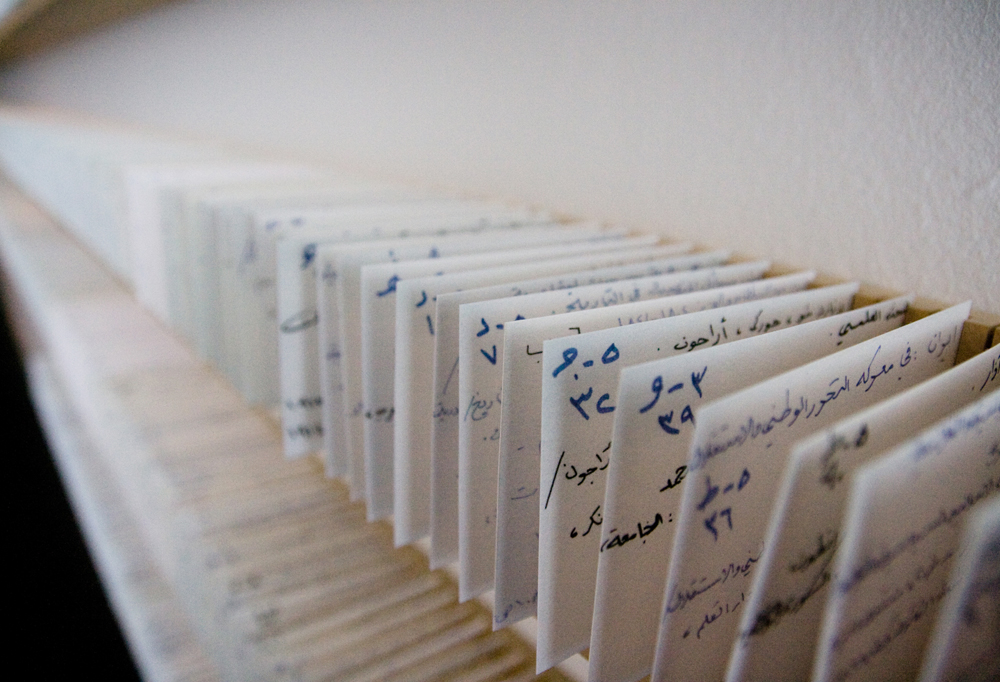Lund may seem like just a student town, but there’s a lot more to it than nation clubs and corridor parties. In fact, as one of the oldest towns in Sweden, Lund has some significant cultural heritage. Here’s a guide to its four largest museums and galleries.
Kulturen
By far the largest museum in Lund, Kulturen consists of about 20 permanent exhibits and a few temporary ones. It was first established in 1892 by a student association, and since then has displayed a wide variety of historical items from around the world. Exhibits range from weapons to books to Lund’s previous life as a groovy pop music metropolis.
One exhibit contains handiwork from a group of women who came to Lund as refugees from a World War Two concentration camp; another contains thousand-year-old rune stones.
Kulturen is one of the only museums in town that charges entrance for students, but if a museum takes up two city blocks, visitors are bound to find something that will show them their money’s worth.
Highlights: Rather than a specific exhibit or artifact, Kulturen marketing and communications manager Erik Roman says the most interesting thing about the museum is its extending perspective. “There are so many different fields and so many historical periods that we show here. But we try to make a connection between life today and before,” he said.
Entrance: 45 kr
Lund University Historical Museum
If Kulturen wins the title for Lund’s biggest museum, the Historical Museum takes the cake for oldest. It began in 1735 as a small, bizarre collection of items including a mummy, a stuffed crocodile and an 18th century condom.
The collection expanded throughout the decades until it was declared a museum in the 19th century. Today it includes the second-largest coin collection in Sweden (40,000 coins and counting), medieval church art rescued from soon-to-be destroyed churches, and an exhibit solely about the Lund Cathedral. There’s also a wealth of artifacts from Iron Age, Bronze Age and Stone Age Scania.
According to museum director Per Karsten, this region was probably one of the most densely populated areas in northern Europe in ancient times. “Scania is an extremely rich province when it comes to cultural heritage,” he said.
Highlights: Archaeological finds from Uppåkra, Europe’s largest prehistoric settlement and Sweden’s only Iron Age city. And the Historical Museum’s humble beginning, the Cabinet of Curiosities, where visitors can learn funny, idiotic, interesting facts about 18th century life. “This is a room that you can revisit 20, 30 times and still not be able to grasp it all, because there are so many things,” Karsten said. “It’s a mini universe for the 18th century.”
Entrance: free
The Museum of Sketches
Unlike most art museums, the Museum of Sketches would rather acquire a rough draft than a final product. The goal of this museum since its founding in 1934 has been to archive the creative process of the artist, from the first budding idea to the final creation that the rest of the world sees. Besides its temporary exhibit and a collection of Nordic art, the museum is divided into four halls – Swedish, International, Mexican and Sculpture.
The reason for the foreign exhibits is to not just display foreign art, but to examine its influence on Scandinavian art. The current temporary exhibit, “Randi Fisher – A 1947 Year’s Woman,” is the work of a Swedish artist who was well known in her time but has faded into the background lately.
Highlights: Museum guide Ambrin Carlstein couldn’t pick out just any sketch or painting. She suggested students start at one hall and work their way around, stopping to admire whatever work or sketch catches their fancy. Certainly a valuable suggestion for any museum visitor!
Entrance: free
Lunds Konsthall
Lunds Konsthall limits itself to just one unique exhibit at a time, often the work of one artist. “We are not a museum, we are more like an art gallery,” Lunds Konsthall educational officer Ulrika Liljenström said.
The gallery, located on Mårtenstorget, alternates between Swedish and foreign artists, but focuses on contemporary art. The current exhibit, which goes until 8 May, exhibits the work of Lebanese artist Rabih Mroué. The exhibit is about his experiences during the Lebanese civil war, which continued for almost all of Mroué’s childhood. “He’s been living with war and catastrophic situations his whole life,” Liljenström said.
Highlight: Mroué’s work “The Mediterranean Sea,” which he produced especially for Lunds Konsthall. It is an image, projected from the ceiling, that is so large it covers the entire floor of the room. Mroué’s work will go on to tour the world in 2012, but Liljenström said she was not sure this work would go on tour, as it was made for the gallery.
Entrance: free








